Dishwasher Cleaner
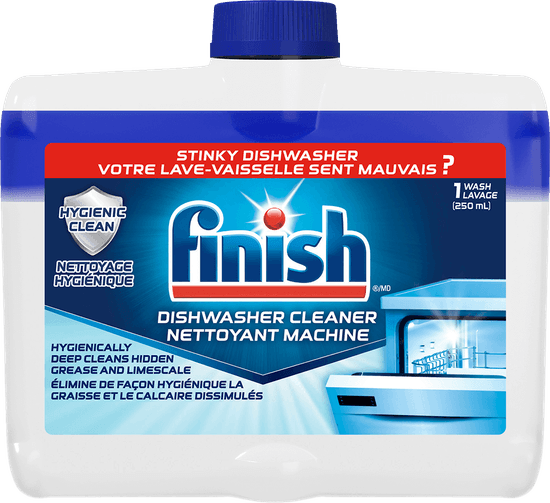
Learn about unclogging your dishwasher with Finish® and how to prevent dishwasher clogs in the first place.
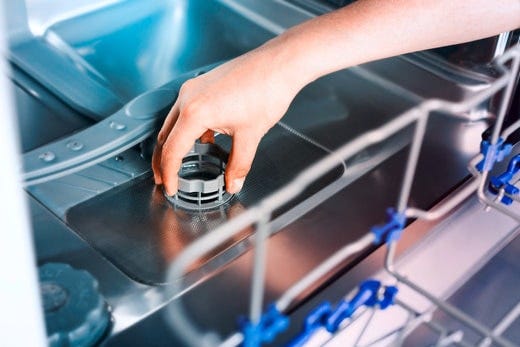
Your dishwasher depends on you to look after it so it can keep your dishes, glasses and cutlery sparkling clean. One thing that can stop your dishwasher from performing at its best is clogs from built-up debris, limescale and residue. If this sounds familiar to you, we have some tips to help you fix and even prevent clogs – and clean a dishwasher that won’t drain.
Many things can clog your dishwasher. Constantly using your dishwasher to clean away food, grease and other residue on your dishes, glasses and cutlery can clog your machine and stop things from moving. Hard water can also cause limescale buildup in your dishwasher’s pipes, clogging the flow of contents.
To prevent a clogged dishwasher, you’ll want to use Finish® Dishwasher Cleaner. Its formula cleans your dishwasher by fighting grease, limescale and odour in the hidden parts of your machine:
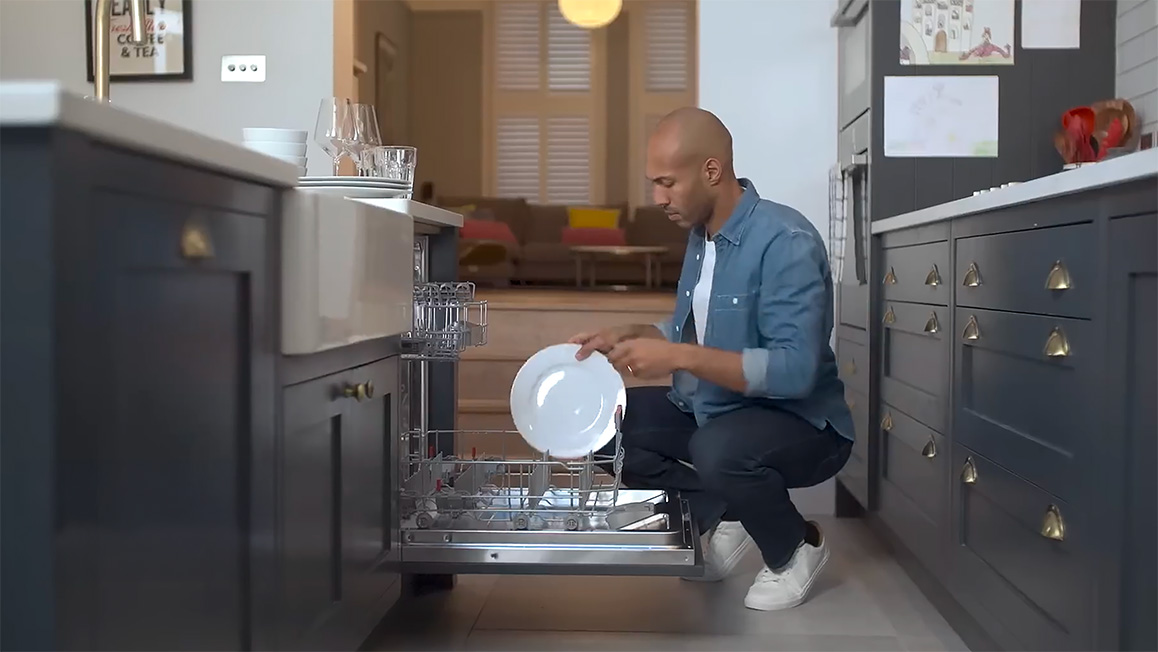

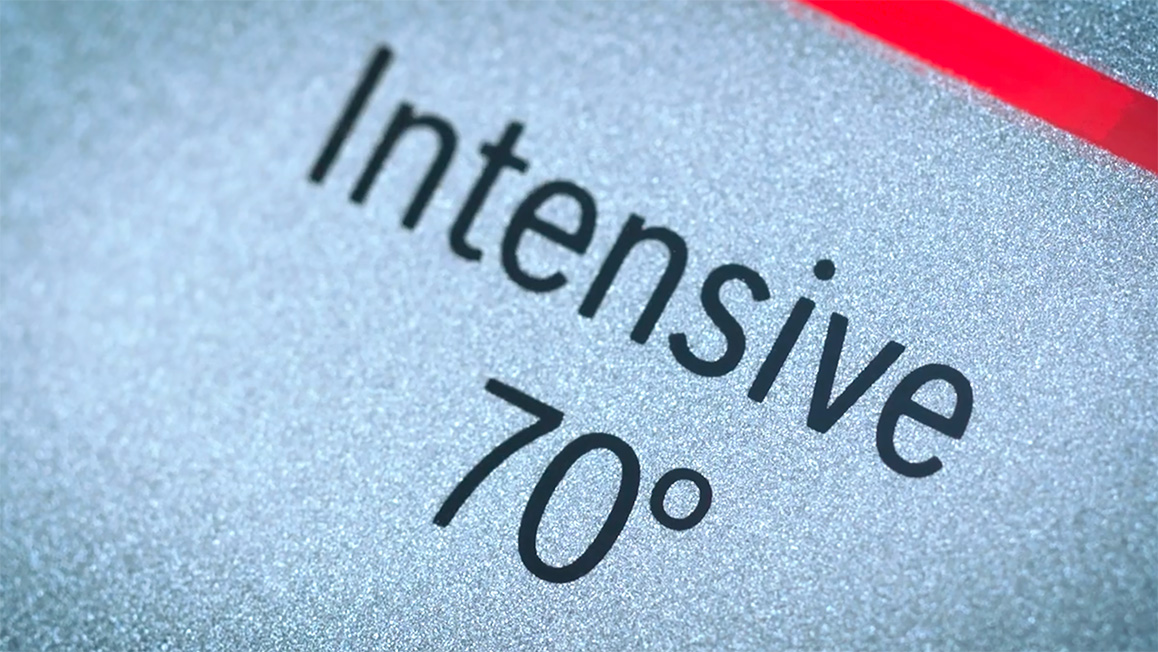
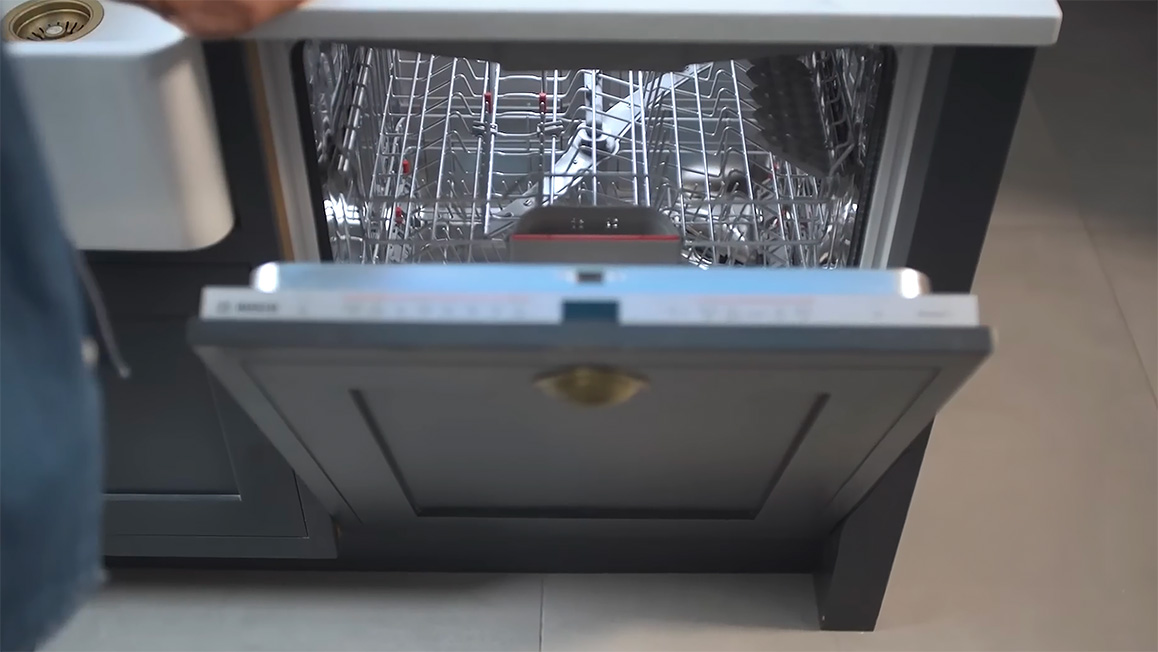
Repeat these cleaning steps once every 3 months for the best results.
You can help prevent dishwasher clogs by scraping off large bits of food from your dishes and bakeware before running a load. It's important to remember that you don't need to rinse dishes before you put them in your dishwasher. After all, this wastes water unnecessarily! The combination of a quick (but thorough) scrape, a powerful Finish® detergent used according to instructions, and a modern dishwasher used on the right settings are all you need.
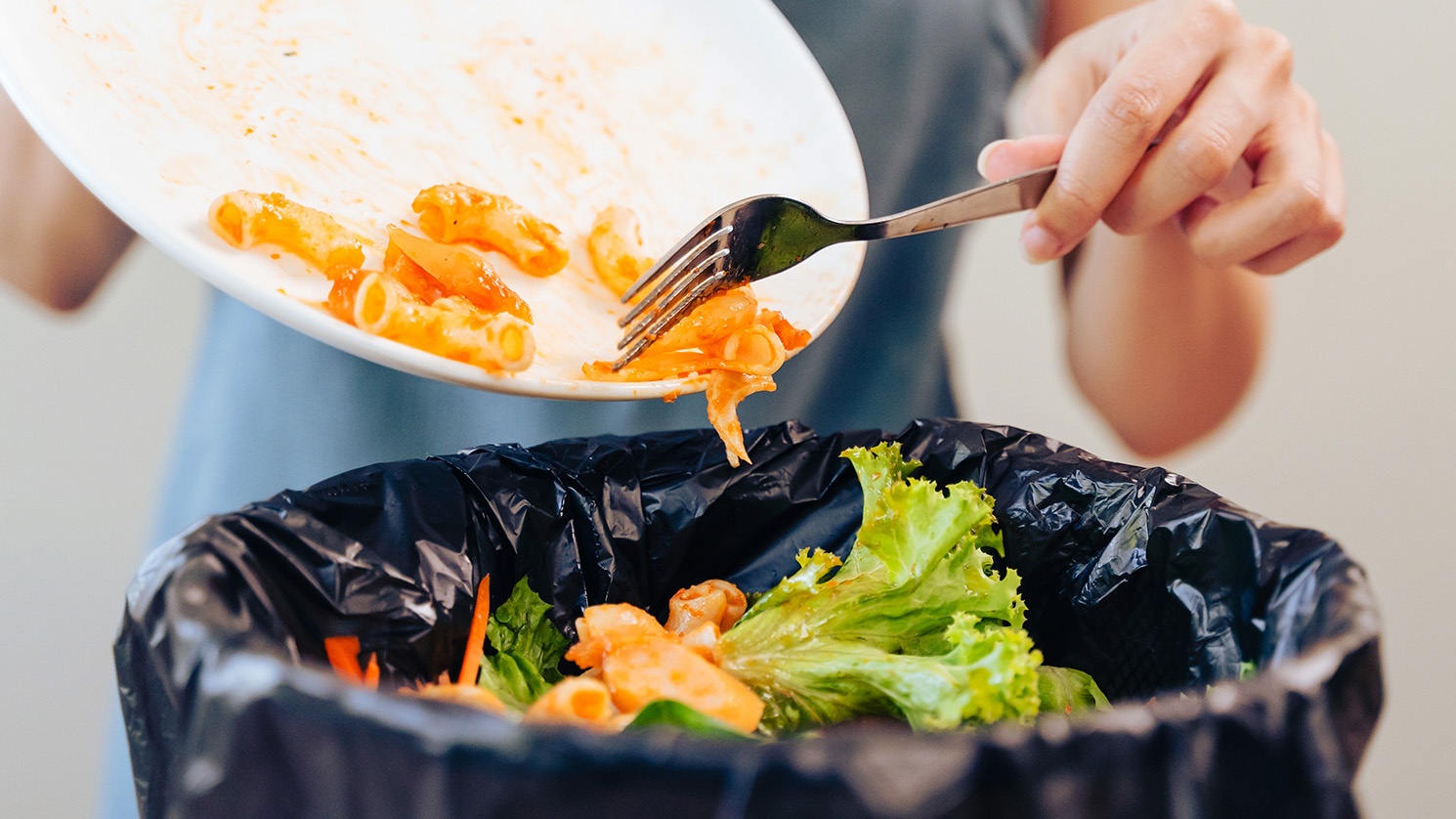
If your dishwasher isn't draining, there may be a blockage that dishwasher cleaner can't fix.
If you need to clean a dishwasher with standing water, start by emptying your dishwasher for easy access to the machine, following these steps:
Make sure you turn off any electricity that's running to either your dishwasher or your garbage disposal (if applicable).
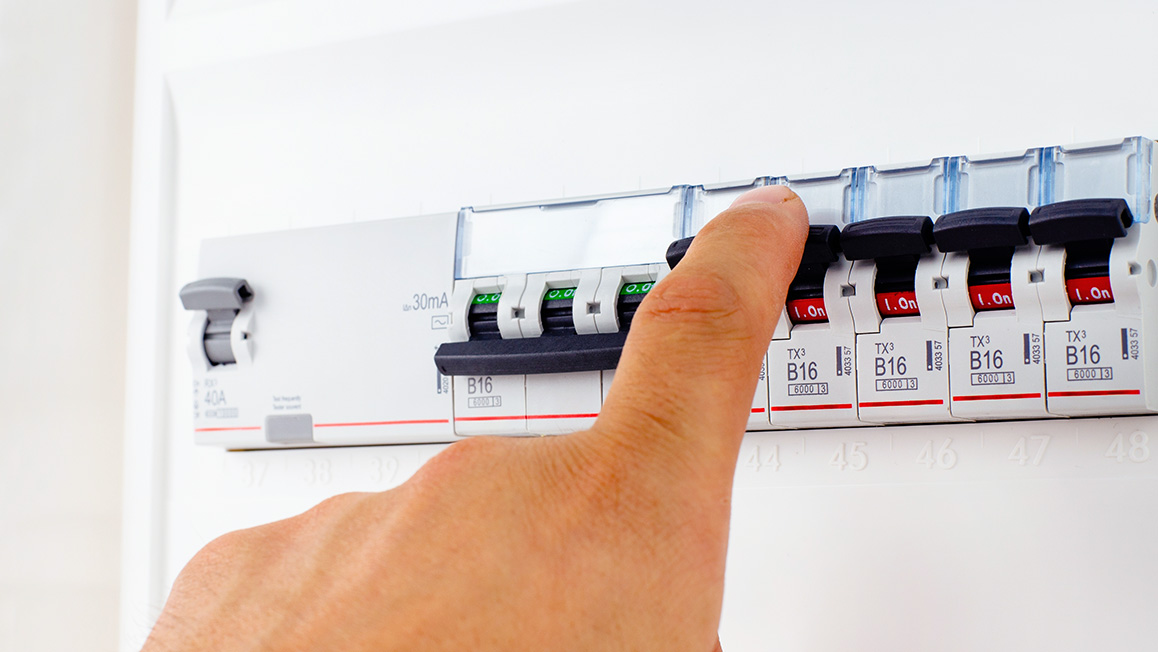
Remove as much water as you can with a towel, cloth or other absorbent material.
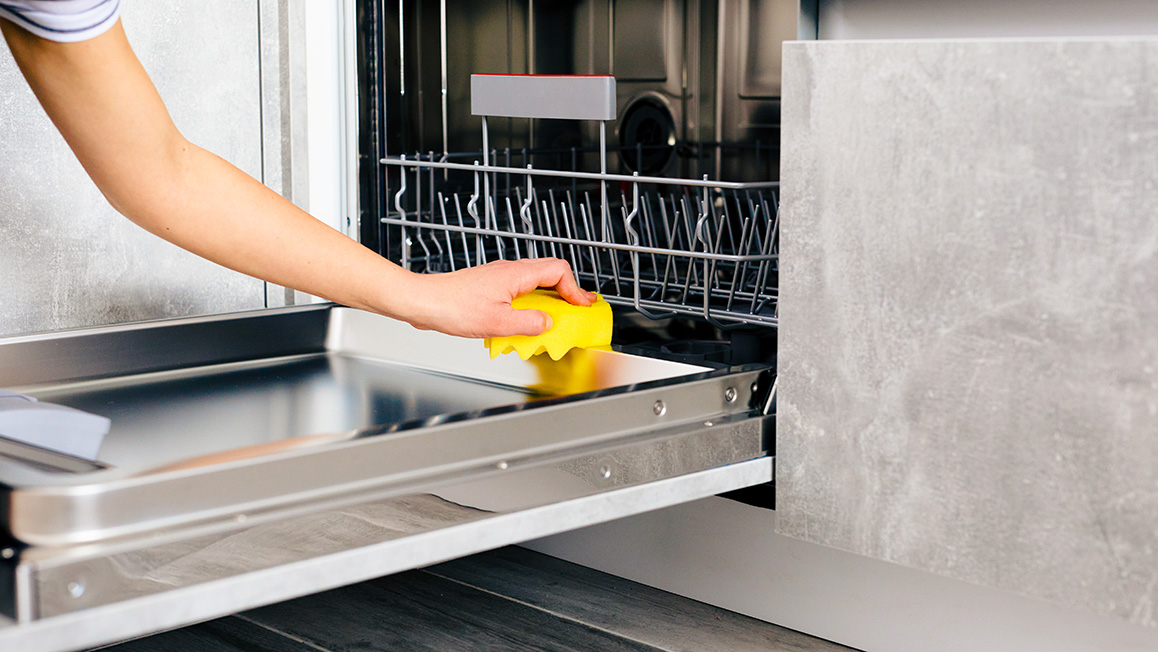
This is what connects the dishwasher to your garbage disposal. You can usually find your drain hose under your sink or behind the dishwasher.
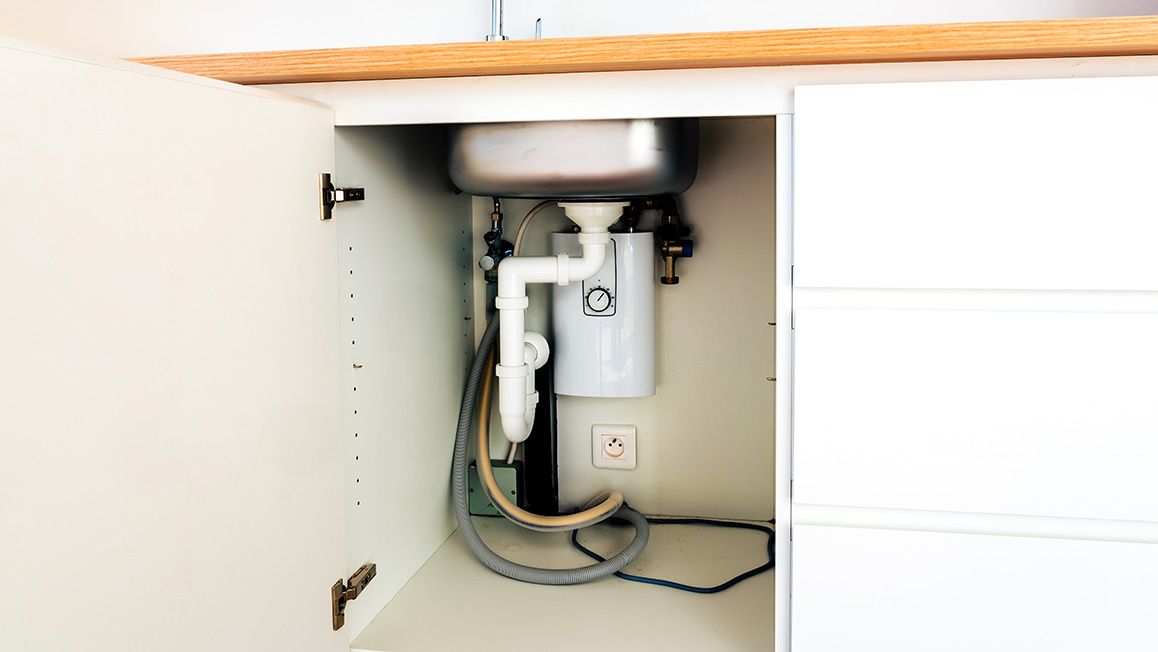
Once you’ve done this, you can use some pliers to disconnect the hose and begin clearing it out using a commercial unclogging device, such as a pipe cleaner.
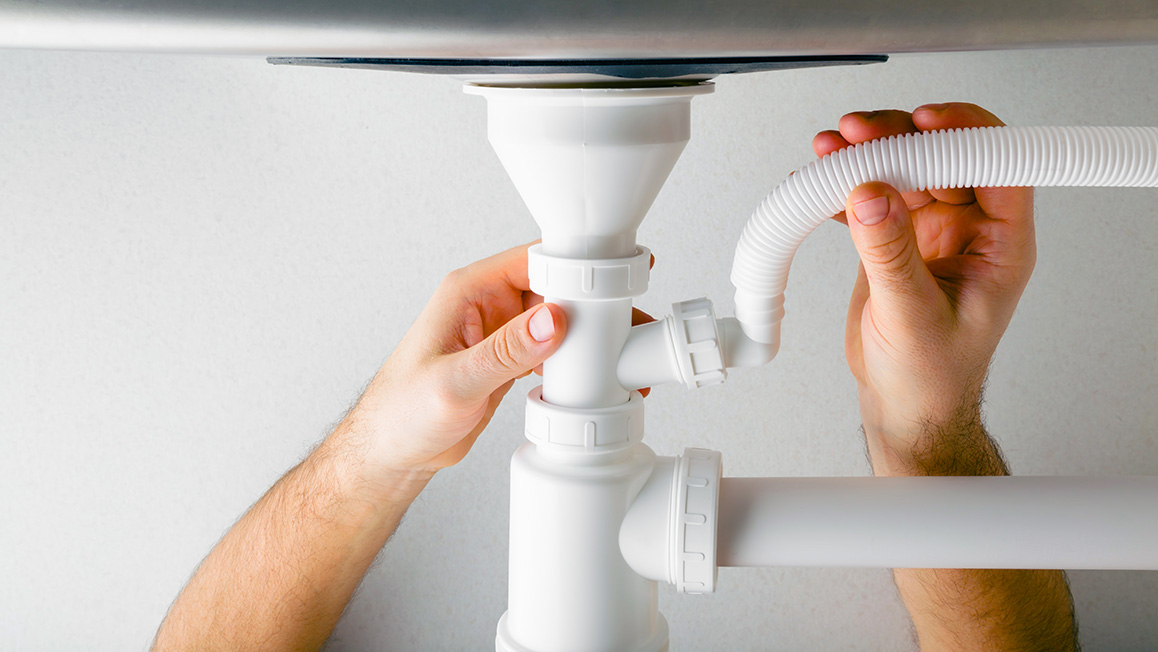
Once you’ve made sure the drain hose is unclogged, it’s time to do the same with the dishwasher drain. Locate the drain at the bottom of your dishwasher, remove it with a screwdriver, and clean it using a pipe cleaner.
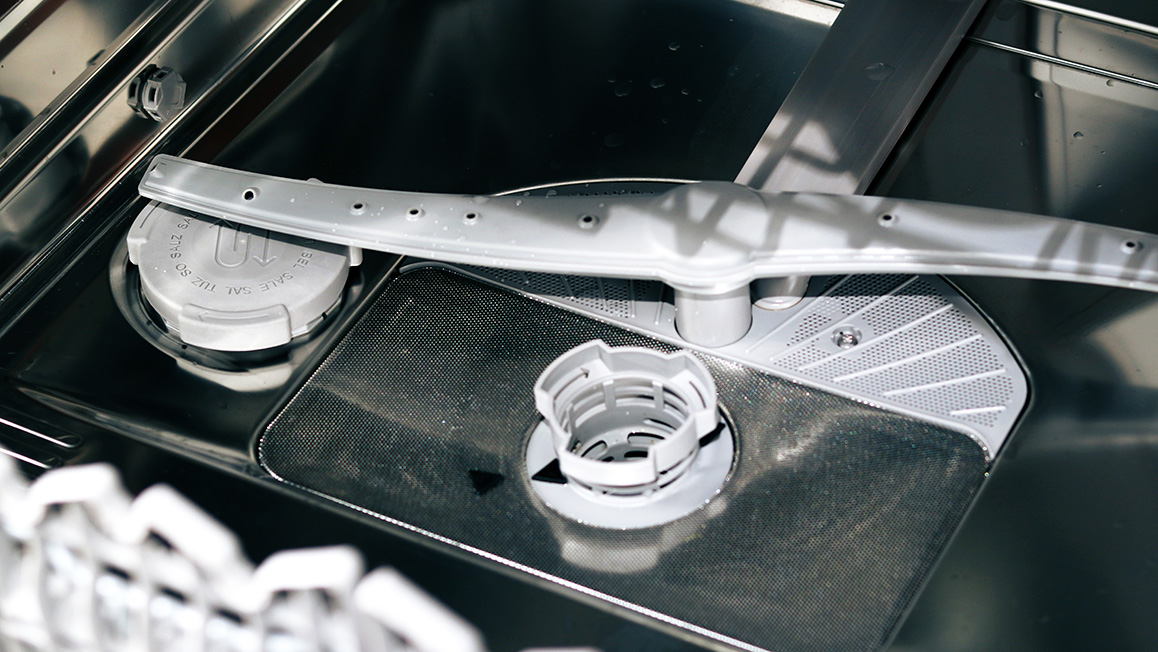
If you've done this and still can't fix the clogged dishwasher, we suggest it's time to send in the professionals!
It also pays to clean your dishwasher inside and out at least once a month. This helps maintain your dishwasher and extend its life, so your most valuable kitchen asset can continue to serve you in tiptop condition.
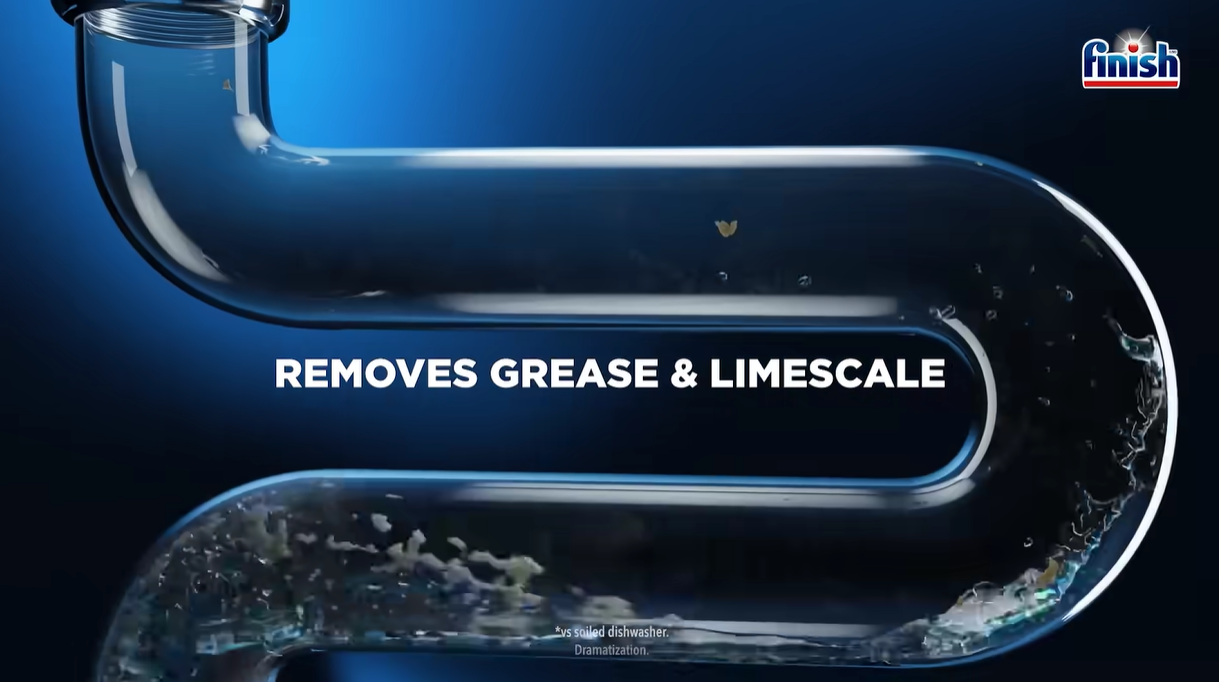
Skipping the pre-rinse is one of the most effective ways to save up to 75 liters of water per load.
Learn more